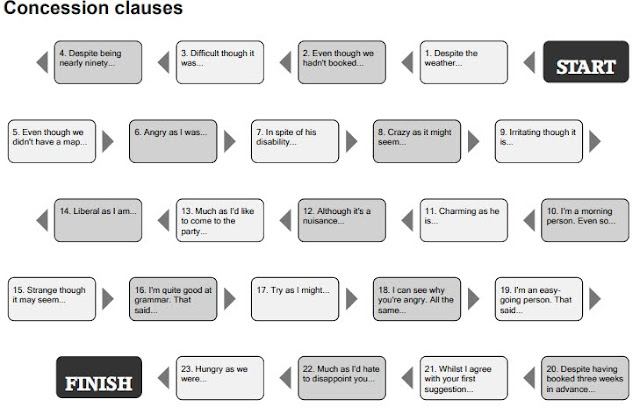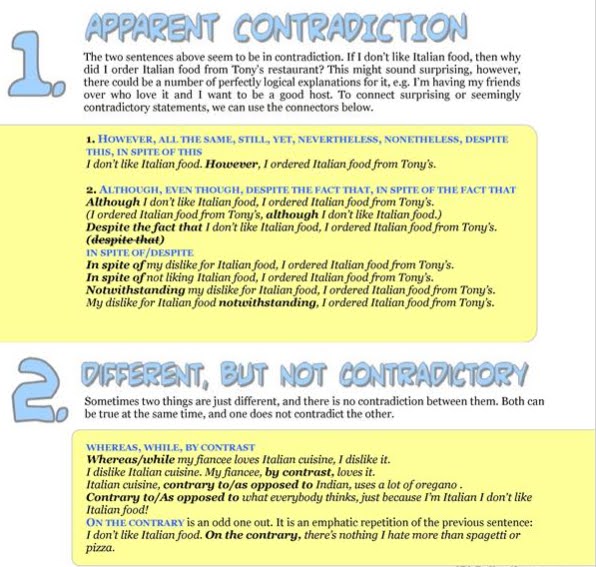When you are presenting in front of an audience, you are performing as an actor is on stage. How you are being perceived is very important. Dress appropriately for the occasion. Be solemn if your topic is serious. Present the desired image to your audience. Look pleasant, enthusiastic, confident, proud, but not arrogant. Remain calm. Appear relaxed, even if you feel nervous. Speak slowly, enunciate clearly, and show appropriate emotion and feeling relating to your topic. Establish rapport with your audience. Speak to the person farthest away from you to ensure your voice is loud enough to project to the back of the room. Vary the tone of your voice and dramatize if necessary. If a microphone is available, adjust and adapt your voice accordingly.

Body language is important. Standing, walking or moving about with appropriate hand gesture or facial expression is preferred to sitting down or standing still with head down and reading from a prepared speech. Use audio-visual aids or props for enhancement if appropriate and necessary. Master the use of presentation software such as PowerPoint well before your presentation. Do not over-dazzle your audience with excessive use of animation, sound clips, or gaudy colors which are inappropriate for your topic. Do not torture your audience by putting a lengthy document in tiny print on an overhead and reading it out to them.
Speak with conviction as if you really believe in what you are saying. Persuade your audience effectively. The material you present orally should have the same ingredients as that which are required for a written research paper, i.e. a logical progression from INTRODUCTION (Thesis statement) to BODY (strong supporting arguments, accurate and up-to-date information) to CONCLUSION (re-state thesis, summary, and logical conclusion).
Do not read from notes for any extended length of time although it is quite acceptable to glance at your notes infrequently. Speak loudly and clearly. Sound confident. Do not mumble. If you made an error, correct it, and continue. No need to make excuses or apologize profusely.
Maintain sincere eye contact with your audience. Use the 3-second method, e.g. look straight into the eyes of a person in the audience for 3 seconds at a time. Have direct eye contact with a number of people in the audience, and every now and then glance at the whole audience while speaking. Use your eye contact to make everyone in your audience feel involved.
Speak to your audience, listen to their questions, respond to their reactions, adjust and adapt. If what you have prepared is obviously not getting across to your audience, change your strategy mid-stream if you are well prepared to do so. Remember that communication is the key to a successful presentation. If you are short of time, know what can be safely left out. If you have extra time, know what could be effectively added. Always be prepared for the unexpected.
Pause. Allow yourself and your audience a little time to reflect and think. Don't race through your presentation and leave your audience, as well as yourself, feeling out of breath.
Add humor whenever appropriate and possible. Keep audience interested throughout your entire presentation. Remember that an interesting speech makes time fly, but a boring speech is always too long to endure even if the presentation time is the same.
When using audio-visual aids to enhance your presentation, be sure all necessary equipment is set up and in good working order prior to the presentation. If possible, have an emergency backup system readily available. Check out the location ahead of time to ensure seating arrangements for audience, whiteboard, blackboard, lighting, location of projection screen, sound system, etc. are suitable for your presentation.
Know when to STOP talking. Use a timer or the microwave oven clock to time your presentation when preparing it at home. Just as you don't use unnecessary words in your written paper, you don't bore your audience with repetitious or unnecessary words in your oral presentation. To end your presentation, summarize your main points in the same way as you normally do in the CONCLUSION of a written paper. Remember, however, that there is a difference between spoken words appropriate for the ear and formally written words intended for reading. Terminate your presentation with an interesting remark or an appropriate punch line. Leave your listeners with a positive impression and a sense of completion. Do not belabor your closing remarks. Thank your audience and sit down.
| Section of presentation | Signpost language |
| Introducing the topic | The subject/topic of my talk is ...
I'm going to talk about ...
My topic today is…
My talk is concerned with ... |
| Overview (outline of presentation) | I’m going to divide this talk into four parts.
There are a number of points I'd like to make.
Basically/ Briefly, I have three things to say.
I'd like to begin/start by ...
Let's begin/start by ...
First of all, I'll...
… and then I’ll go on to …
Then/ Next ...
Finally/ Lastly ... |
| Finishing a section | That's all I have to say about...
We've looked at...
So much for... |
| Starting a new section | Moving on now to …
Turning to...
Let’s turn now to …
The next issue/topic/area I’d like to focus on …
I’d like to expand/elaborate on …
Now we'll move on to...
I'd like now to discuss...
Let's look now at... |
| Analysing a point and giving recommendations | Where does that lead us?
Let's consider this in more detail...
What does this mean for...?
Translated into real terms...
Why is this important?
The significance of this is... |
| Giving examples | For example,...
A good example of this is...
As an illustration,...
To give you an example,...
To illustrate this point... |
| Summarising and concluding | To sum up ...
To summarise...
Right, let's sum up, shall we?
Let's summarise briefly what we've looked at...
If I can just sum up the main points...
Finally, let me remind you of some of the issues we've covered...
To conclude...
In conclusion ...
In short ...
So, to remind you of what I’ve covered in this talk, …
Unfortunately, I seem to have run out of time, so I’ll conclude very briefly by saying that …..
I'd like now to recap... |
| Paraphrasing and clarifying | Simply put...
In other words.......
So what I’m saying is....
To put it more simply....
To put it another way.... |
| Invitation to discuss / ask questions | I’m happy to answer any queries/ questions.
Does anyone have any questions or comments?
Please feel free to ask questions.
If you would like me to elaborate on any point, please ask.
Would you like to ask any questions?
Any questions? |
















